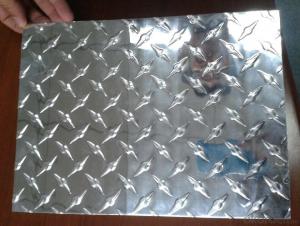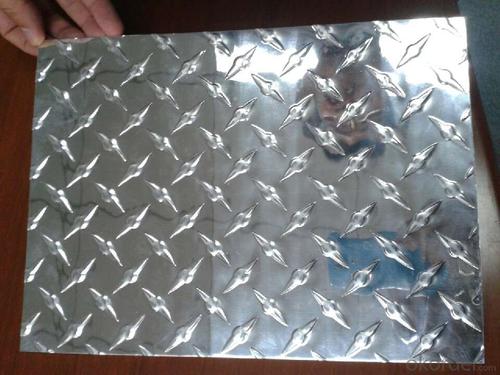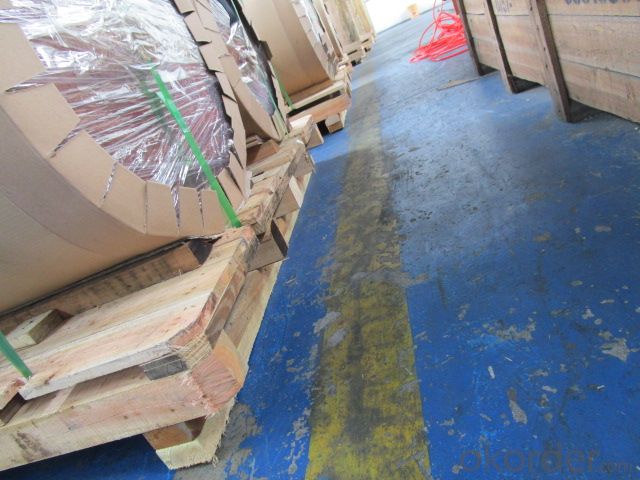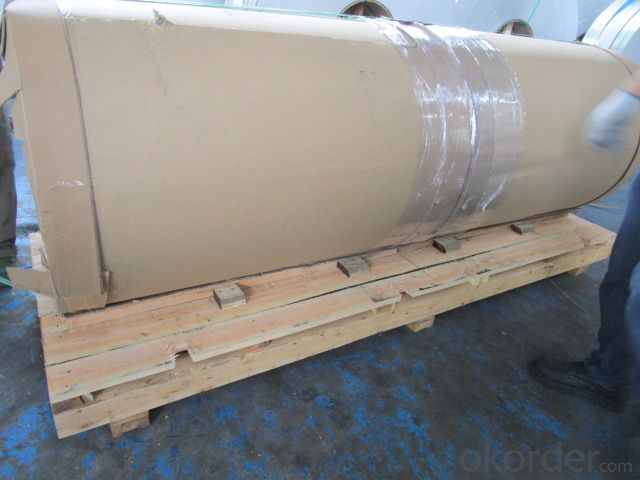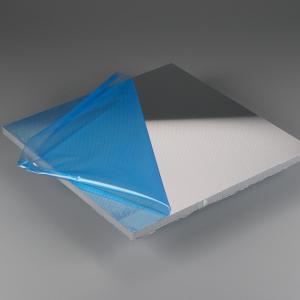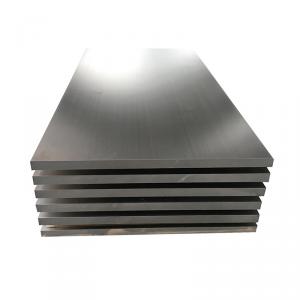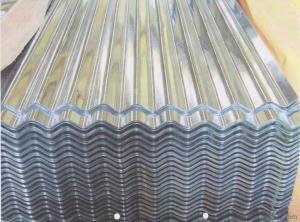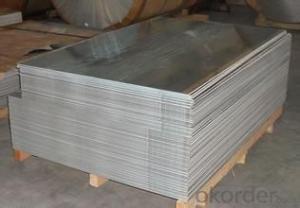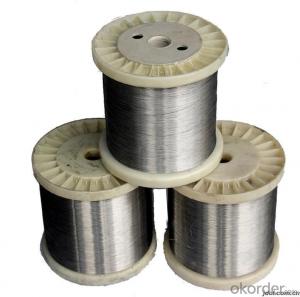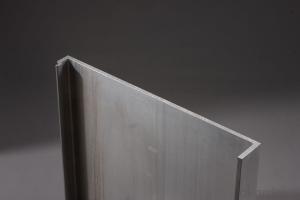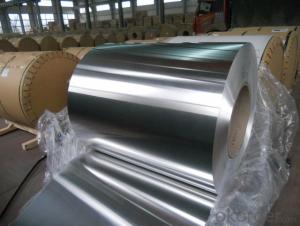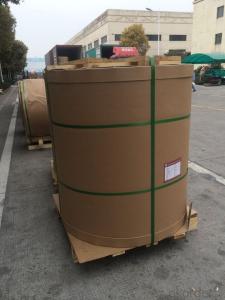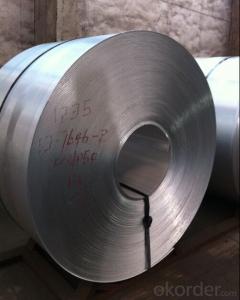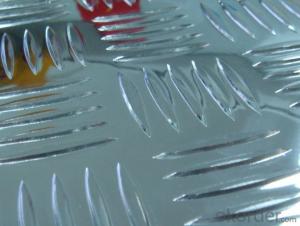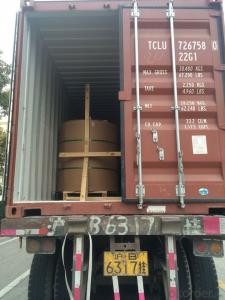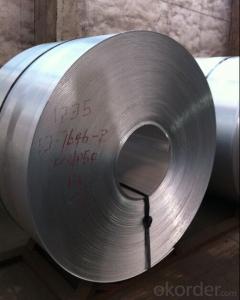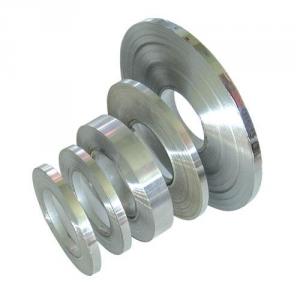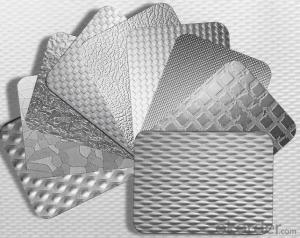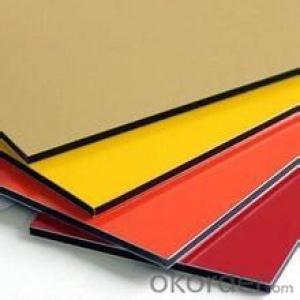Aluminum Sheets San Antonio - Better Price in Stocks
- Loading Port:
- Tianjin
- Payment Terms:
- TT OR LC
- Min Order Qty:
- 2 m.t
- Supply Capability:
- 2000 m.t/month
OKorder Service Pledge
OKorder Financial Service
You Might Also Like
Specification
1.Structure of Product Description
aluminum sheet anc checkered sheet and mirror finish plate are all widely used in the field of construction field and decoration field, etc.
There are many different grades, such as: 1000 series, 2000 series, 3000 series, 5000 series, 8000 series,etc. The detailed grade are as follows: 1010, 1050,1060,1100, 2024, 3003, 3005, 3105, etc.
The temper is include H14, H22, H24, H44,H114,etc.
2. Main features of the product
a. Competitive price
c. Shortest service.
3. Image.
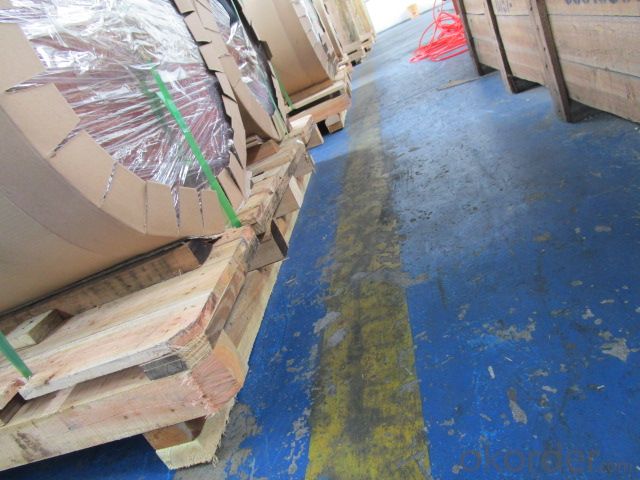
4. Product detailed sizes:
1000mm*2000mm,500*500,2000*2000mm,1219mm*2438mm,1500*3000mm,etc.
5. FAQ:
What is the quality standard?
---Usually our standard is GB3880-2006 or others.
What is the width range?
---It is from 300mm to 6000mm, etc.
What is the MOQ for your products yet?
---Normally it is around 4 tons/each size.
How many tons did you export in one year
Fiji,Japan, sri lanka, bangladesh,Indonesia,Canada,UAE,Vietnam,Turkey,etc.
What is your basic products?
---Normally they are aluminum sheet,big and small-5-bar aluminium checkered sheet, big-5-bar checkered aluminium plate, mirror finish aluminium sheet, aluminum casting coil, etc.
- Q: Are aluminum sheets suitable for wastewater treatment applications?
- Indeed, aluminum sheets prove to be suitable for wastewater treatment applications. With its versatility, aluminum presents several advantages when utilized in wastewater treatment processes. Firstly, aluminum sheets exhibit a high resistance to corrosion, a crucial feature given the harsh and corrosive environment of wastewater treatment plants. This resistance ensures that the aluminum sheets remain intact and unaffected by the chemicals present in the wastewater, thereby preserving their structural integrity. Moreover, aluminum sheets possess exceptional thermal conductivity properties, enabling efficient heat transfer in processes such as wastewater disinfection. This thermal conductivity facilitates the effective elimination of harmful bacteria and contaminants from the wastewater, thereby enhancing the overall treatment process. Furthermore, aluminum sheets are not only lightweight but also durable, making them easy to handle and install in wastewater treatment systems. This characteristic also contributes to their cost-effectiveness, as they require less maintenance and are less susceptible to damage compared to alternative materials. Additionally, aluminum is a sustainable material that can be recycled, thus reducing the environmental impact of wastewater treatment applications. Recycling aluminum sheets aids in the conservation of natural resources and minimizes energy consumption, making it an environmentally friendly choice. In conclusion, aluminum sheets offer a multitude of advantages for wastewater treatment applications. Their corrosion resistance, thermal conductivity, lightweight nature, and recyclability render them a suitable and efficient material for use in wastewater treatment processes.
- Q: Normally, when I install a 30-amp dryer receptacle, the wire is #10 copper and I double over the end with lineman's pliers prior to landing it in the lug just to be extra tight. Today I replaced a dryer outlet wired with #8 aluminum SE. The quandaray I have is that the lugs seem made for #6 and the #8 just sort of flattens and divides under the screw. Is this safe? The doubling over move makes the wire way too thick for the lugs to close. I've been doing electric for many years and have never run into this. Should I go back and re-run the circuit (only about 30 feet) in #10 copper? What is the actual draw of a typical electric dryer on high heat, anyway? Thanks.
- Copper safer than Alum at high amperages
- Q: The user is inquiring if it's possible to incorporate recycled aluminum sheets into their project.
- <p>Yes, you can use recycled aluminum sheets in your project. Recycled aluminum is not only environmentally friendly but also cost-effective. It maintains the same strength and durability as new aluminum, making it suitable for various applications. Ensure the recycled aluminum meets your project's specifications and quality standards. Always check for any impurities or inconsistencies that might affect the performance of your project. Using recycled materials can also contribute to sustainability and reduce waste.</p>
- Q: What are the standard thicknesses for aluminum sheets utilized in construction?
- <p>Yes, there are standards for the thickness of aluminum sheets used in construction. These standards vary by country and application. In the United States, the Aluminum Association sets standards, such as AA 3003-H14, which is commonly used in construction for thicknesses ranging from 0.020 to 0.250 inches. In Europe, EN 485-2 covers the specifications for aluminum sheet thicknesses. Thicknesses can range from 0.4mm to 6.0mm, depending on the specific requirements of the construction project. It's important to consult the relevant standards for the region and application to ensure compliance and proper material selection.</p>
- Q: Are aluminum sheets suitable for signage?
- Yes, aluminum sheets are highly suitable for signage. Aluminum is a versatile material that offers a range of benefits for signage applications. It is lightweight, durable, and resistant to corrosion, making it ideal for both indoor and outdoor signage. Aluminum sheets can withstand harsh weather conditions, including rain, snow, and UV exposure, without deteriorating or fading. They are also easy to work with, allowing for a variety of customization options such as embossing, engraving, and digital printing. Moreover, aluminum sheets are cost-effective and have a long lifespan, ensuring that signage remains in excellent condition for extended periods. Overall, aluminum sheets are a popular choice for signage due to their durability, versatility, and aesthetic appeal.
- Q: What are the common aluminum sheets and the best ones?
- That depends on what you are doing, and commonly used on 3003 and 5052, the performance is better to use 6061
- Q: What are the different alloys used in aluminum sheets?
- Some of the different alloys used in aluminum sheets include 1100, 3003, 5052, and 6061.
- Q: What are the different types of surface coatings for aluminum sheets?
- There are several types of surface coatings available for aluminum sheets, including anodizing, powder coating, painting, and laminating.
- Q: Can aluminum sheet be used in marine environments?
- Yes, aluminum sheet can be used in marine environments. Aluminum is highly resistant to corrosion and is commonly used in the construction of boats, ships, and other marine structures. It has excellent durability, lightweight properties, and can withstand exposure to saltwater and harsh weather conditions.
- Q: What are the different methods for cutting aluminum sheets?
- There are several methods commonly used for cutting aluminum sheets. 1. Shearing: This method involves using a sharp blade to make a straight cut through the aluminum sheet. Shearing is typically used for thinner sheets and produces clean, straight cuts. 2. Sawing: Sawing is another method used to cut aluminum sheets. It involves using a saw blade with small teeth to cut through the material. Sawing can be done manually or with the help of power tools such as band saws or circular saws. 3. CNC Machining: Computer Numerical Control (CNC) machining is a highly precise method for cutting aluminum sheets. It involves the use of a computer-controlled machine that follows programmed instructions to cut the sheet into the desired shape. CNC machines can create complex cuts and shapes with high accuracy. 4. Laser Cutting: Laser cutting is a non-contact method that uses a high-powered laser to cut through aluminum sheets. The laser beam melts or vaporizes the aluminum, creating a clean and precise cut. Laser cutting is commonly used for intricate designs and can be done with a high level of precision. 5. Waterjet Cutting: Waterjet cutting uses a high-pressure jet of water mixed with an abrasive material to cut through aluminum sheets. This method is versatile and can be used for a wide range of materials and thicknesses. Waterjet cutting produces clean cuts without generating heat, making it suitable for heat-sensitive materials. 6. Plasma Cutting: Plasma cutting involves the use of a high-temperature plasma arc to cut through aluminum sheets. The plasma arc melts the metal and blows away the molten material, creating a cut. Plasma cutting is commonly used for thicker aluminum sheets and can be done manually or with the help of CNC machines. These methods offer different levels of precision, speed, and suitability for different sheet thicknesses and designs. The choice of cutting method depends on factors such as the desired cut quality, the thickness of the aluminum sheet, and the specific requirements of the project.
Send your message to us
Aluminum Sheets San Antonio - Better Price in Stocks
- Loading Port:
- Tianjin
- Payment Terms:
- TT OR LC
- Min Order Qty:
- 2 m.t
- Supply Capability:
- 2000 m.t/month
OKorder Service Pledge
OKorder Financial Service
Similar products
Hot products
Hot Searches
Related keywords
